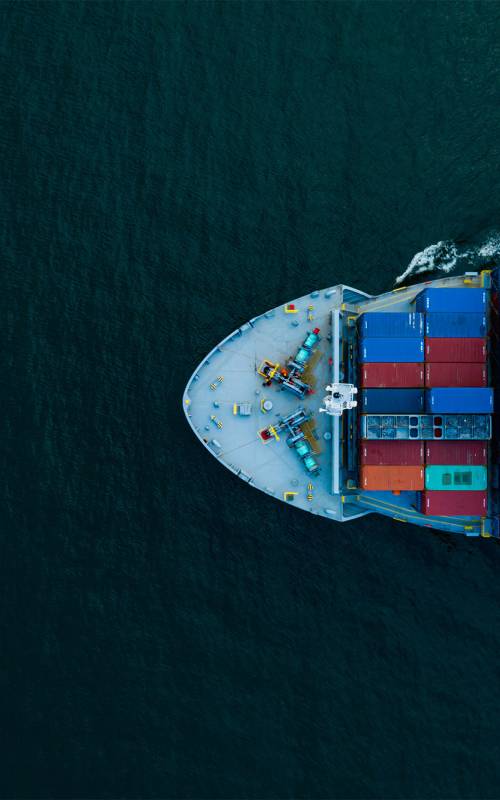Information on ISO containers
One of the best known container types, of which more than 15 million units are used in freight traffic worldwide, is the ISO container, which is standardised by the IMO according to ISO 668. For the Seafreight these sea containers are of crucial importance. Their use both speeds up the loading and unloading of container ships and simplifies the storage and transport of goods. The most important ISO container is the 40' container, which is mainly used in merchant shipping and measures 12.192 metres x 2.438 metres x 2.591 metres. Another standard container is the 20' ISO container. Its external dimensions are 12.192 metres x 2.438 metres x 2.591 metres. This Seecontainer can hold, for example, up to 20,000 watches in their original packaging or about 10,000 pairs of jeans. Of course, these containers can also be used to transport bulky goods or goods to be cooled in a special refrigerated container by sea freight. These standard containers can be divided into four groups: Dry containers, reefer containers, open top containers and flat rack containers. One of the conditions stipulated by ISO standardisation is that at least six fully loaded containers must be stackable on top of each other.
The early days of sea containers began in 1937, when the American Malcom P. McLean had the idea of shipping complete trucks with their cargoes on ships. The basic idea was to save time for loading and unloading the vehicles in the port. Later on, only the trailers and the containers filled with goods were taken on board. Finally, the trailers were also dispensed with and only the containers filled with goods were transported. In 1957 McLean shipped large containers on cargo ships for the first time and thus ushered in the age of Containerschiffen. However, there was still a long way to go before uniform global standardisation was achieved. But it was precisely this standardisation that became indispensable, as American container sizes overtaxed European road conditions and thus threatened to impede the expanding global trade.
Today the Bremerhaven-based Container Terminal (CT) is the world's largest continuous CT. With a floor space of 2 million square metres, which is planned to be expanded to 3 million square metres, it offers Containerschiffen a safe berth for their voyages in the service of the economy around the world.



